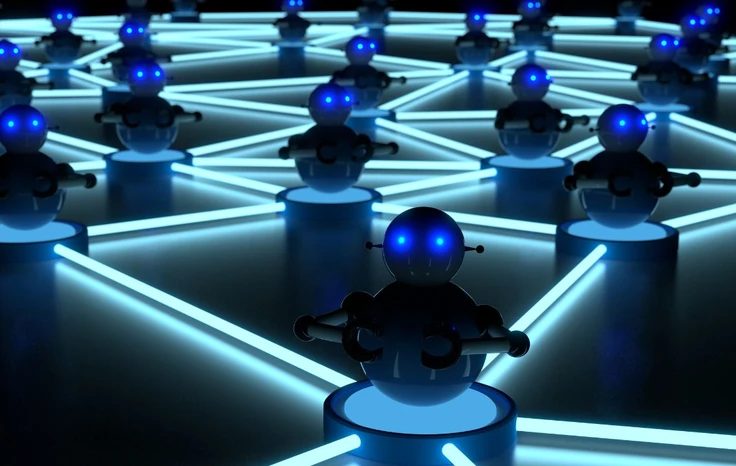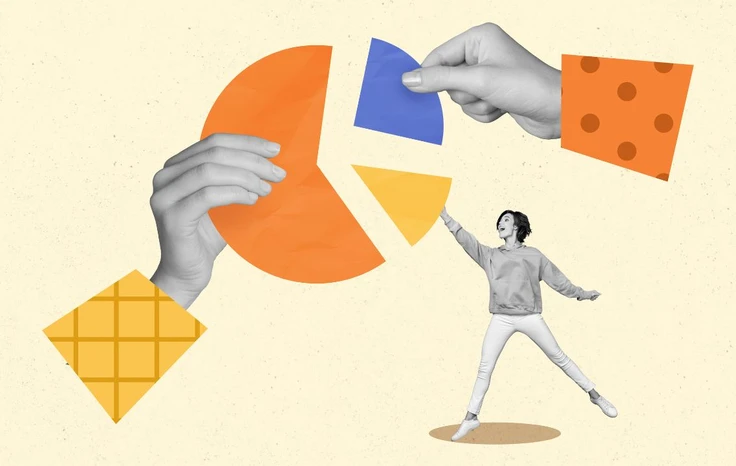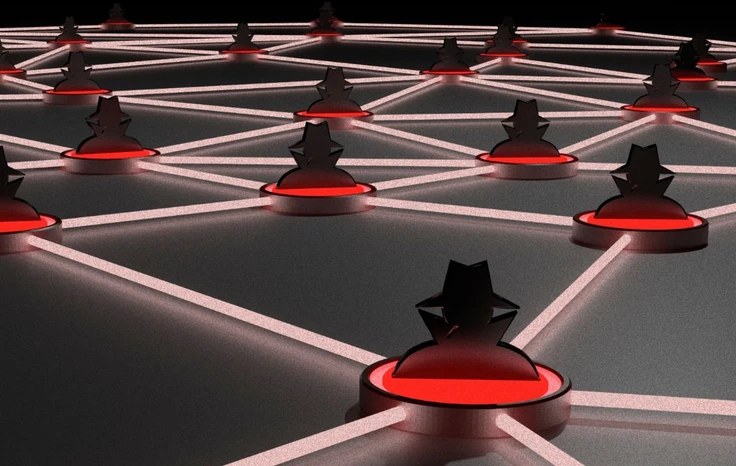UK to Ban ‘12345’ Passwords in Smart Device Security Crackdown
What is Deep Learning? Definition, How It Works, Examples
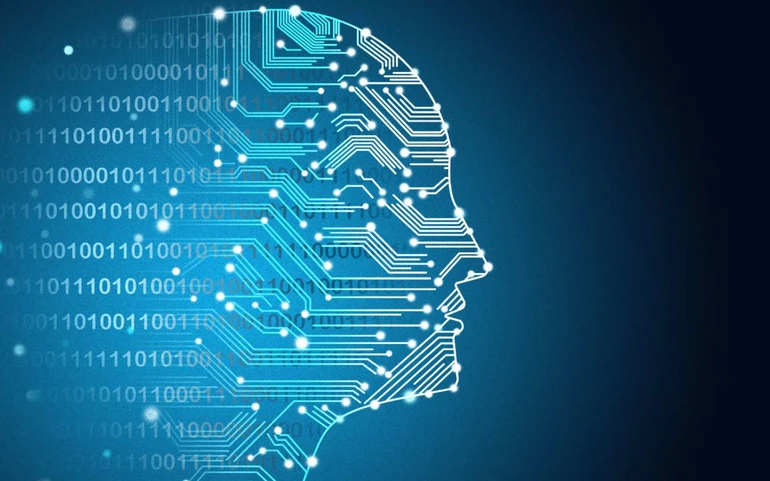
Deep learning is no longer science fiction; it's revolutionizing the way computers learn and process information. This powerful subfield of artificial intelligence (AI) is inspired by the human brain's structure and function.
This article will explore deep learning, how it works, and what deep learning is used for.
What is Deep Learning?
Deep learning is a type of artificial intelligence (AI) that imitates the way the human brain works to process information.
It uses artificial neural networks, which are inspired by the structure of the brain, to learn from data. These networks are made up of layers of interconnected nodes that process information and learn to recognize patterns.
Deep learning gets its name from these layers of processing nodes in the neural network. Each layer learns to recognize increasingly complex features in the data.
Deep learning models are trained on large amounts of data. This data can be anything from images and text to sounds and even stock prices. By processing this data, the model learns to identify patterns and relationships.
Unlike traditional machine learning, deep learning can often automatically extract features from the data it's processing. This eliminates the need for manual feature engineering, which can be a time-consuming and complex process.
Read: Deep Learning vs Machine Learning: What’s the Difference?
How Does Deep Learning Work?
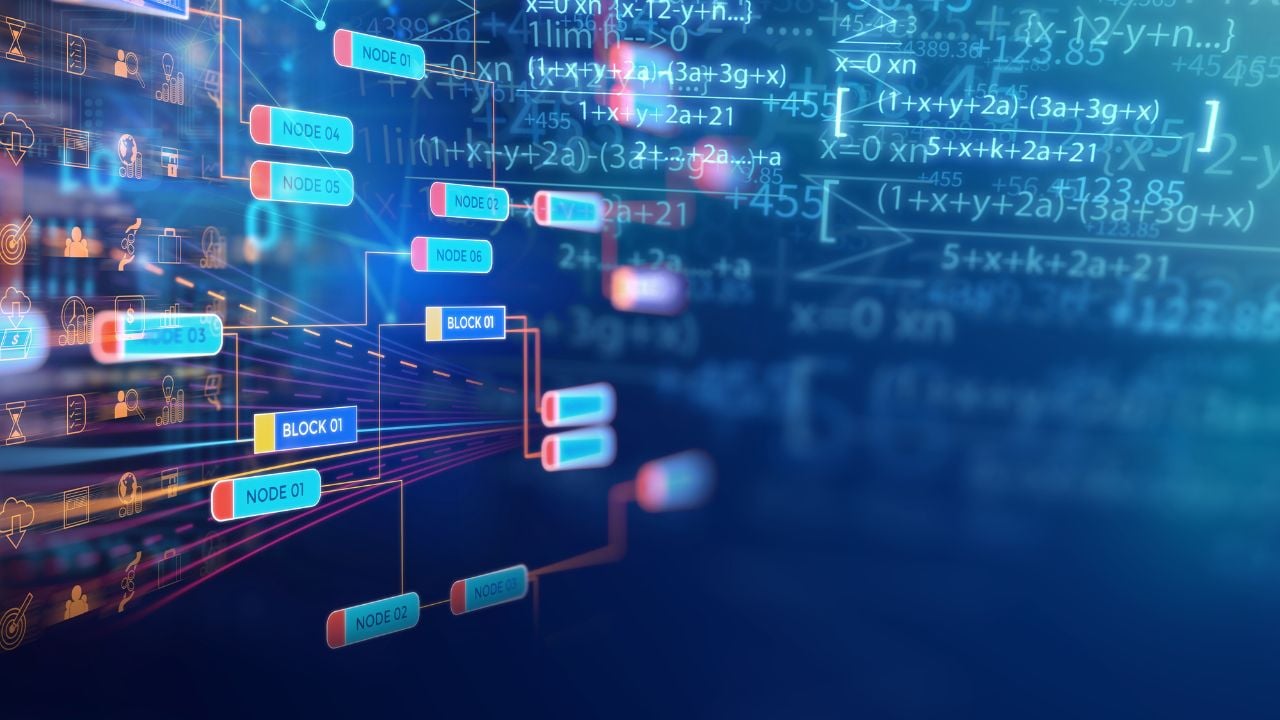
Deep learning uses a complex web of interconnected nodes that receive information as inputs, process it, and then send it on to other nodes.
Artificial neural networks with multiple layers stack on top of each other. Each layer performs a specific task, and as information progresses through the layers, it becomes increasingly complex.
Deep learning then employs a process called backpropagation to improve its performance. Backpropagation is the heart of how deep learning models learn and improve. It's an algorithm used to efficiently adjust the connections between nodes (artificial neurons) within a deep neural network.
Data is fed into the first layer of the neural network. Each layer performs calculations on the data and passes the processed information to the next layer. This is called the forward pass. Once the data reaches the final layer, the model makes a prediction. This prediction is compared to the actual desired output, usually during training. The difference between the prediction and desired output is the error.
The calculated error isn't just discarded. Backpropagation propagates this error backward through the network, layer by layer. At each layer, the algorithm calculates how much each node in that layer contributed to the overall error.
Once the contribution of each node to the error is understood, backpropagation uses this information to adjust the weights of the connections between nodes. These weights essentially control how strongly signals flow between nodes. By adjusting the weights based on their contribution to the error, the network learns to reduce the overall error in future predictions.
This entire process (forward pass, error calculation, error propagation, weight adjustment) is repeated multiple times with different training data. With each iteration, the weights are fine-tuned, and the model gradually learns to improve its accuracy in recognizing patterns and making predictions.
What is deep learning used for?
Deep learning's ability to understand intricate patterns from vast amounts of data makes it valuable and applicable across many fields.
It excels at image recognition, enabling computers to identify objects and scenes in images with impressive accuracy. This is the understanding power behind self-driving cars and facial recognition.
Deep learning allows computers to understand and generate human language, known as Natural Language Processing. This is driving advancements in machine translation, chatbots, and sentiment analysis.
Deep learning also underpins speech recognition software and voice assistants by converting spoken language into text.
Deep learning's ability to learn intricate patterns from vast amounts of data unlocks its potential across numerous fields including:
Healthcare
- Medical Diagnosis: Deep learning algorithms can analyze medical images like X-rays and MRIs to identify diseases like cancer or heart conditions. This can aid doctors in early detection and improve diagnosis accuracy
- Drug Discovery: Deep learning can analyze vast datasets of molecules and their properties to accelerate drug discovery and development. This can lead to the creation of new life-saving medications.
- Personalized Medicine: Deep learning can be used to analyze a patient's medical history and genetic data to predict their risk of certain diseases and recommend personalized treatment plans.
- Scientific Research: Deep learning can analyze complex scientific data, such as astronomical observations or genetic sequences, to uncover hidden patterns and accelerate scientific discovery.
Customer Service:
- Recommendation Systems: Deep learning powers recommendation systems on e-commerce platforms and streaming services. By analyzing your past purchases or viewing habits, these systems suggest products or content you might be interested in.
- Chatbots: Deep learning chatbots can provide customer service or technical support by understanding natural language and responding in a helpful and informative way.
- Sentiment Analysis: Deep learning can analyze customer reviews and social media posts to understand customer sentiment towards a brand or product. This helps businesses improve their offerings and customer interactions.
Deep learning has emerged as a transformative force, pushing the boundaries of artificial intelligence. Its ability to learn complex patterns from ever-growing datasets is revolutionizing various fields, from healthcare and customer experience to scientific discovery and autonomous vehicleseep learning has emerged as a transformative force, pushing the boundaries of artificial intelligence. Its ability to learn complex patterns from ever-growing datasets is revolutionizing various fields, from healthcare and customer experience to scientific discovery and autonomous vehicles.
Deep learning's potential continues to grow. As researchers develop new techniques and computational power increases, we can expect even more transformative applications of deep learning to emerge in the years to come.

















